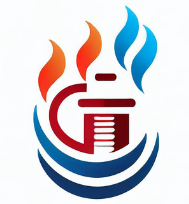Getting your Worcester boiler to turn on the heating when you need it is easy when you know how. This guide will walk you through the steps for models like the Worcester Combi to take control of your heating.
We’ll look at how to use the programmer and thermostat to set schedules and adjust temperatures. You’ll also learn how features like load compensation allow your boiler to modulate heating for optimal efficiency.
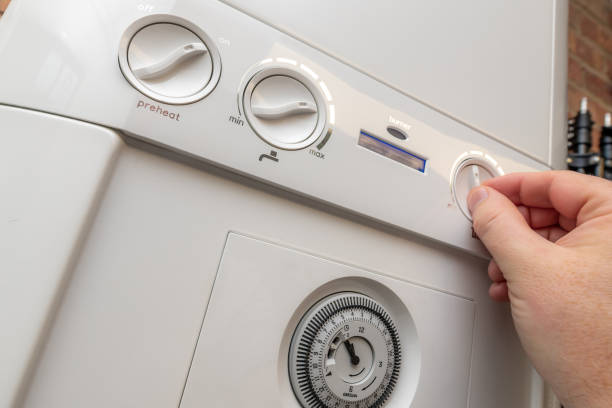
Whether you want to tweak the settings or manually override to turn on heat faster, this guide will help you master your Worcester boiler controls. With a few simple steps, you can make your Worcester boiler work for you and keep your home cozy all winter long.
Which Worcester Boiler is Best?
Worcester Boiler Controls Overview
Understanding the various Worcester boiler controls is the first step to getting the most out of your heating system. While controls can vary across models, there are some common components you’ll find on most Worcester boilers.
The main controls include:
Programmer
The programmer allows you to set schedules for when you want your heating and hot water to turn on and off automatically. Many Worcester boilers come with a pre-programmed 7-day programmer.
You can adjust the default settings to match your lifestyle. For example, you may want longer heating times in the mornings and evenings on weekdays when you are home, and different hours on weekends.
Setting a schedule prevents the boiler from constantly turning on and off to maintain temperature. Programming the boiler to match when you are home and awake can improve comfort while saving energy.
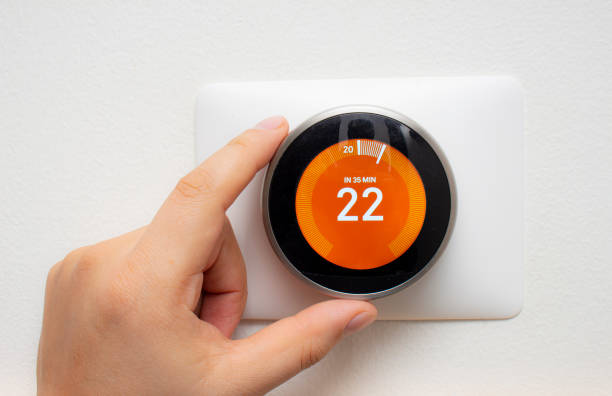
How Do I Top Up The Pressure On My Worcester Boiler?
Room Thermostat
This control monitors the air temperature and communicates with the boiler to turn heating on or off as needed. It typically has a dial you turn to your desired room temperature.
When the room drops below this setpoint, the thermostat tells the boiler to fire up the heating. Once the room hits the target temp, it will switch the heating off again.
Where you place the room thermostat is important – it should be on an interior wall away from draughts, direct sunlight or other heat sources for the most accurate control.
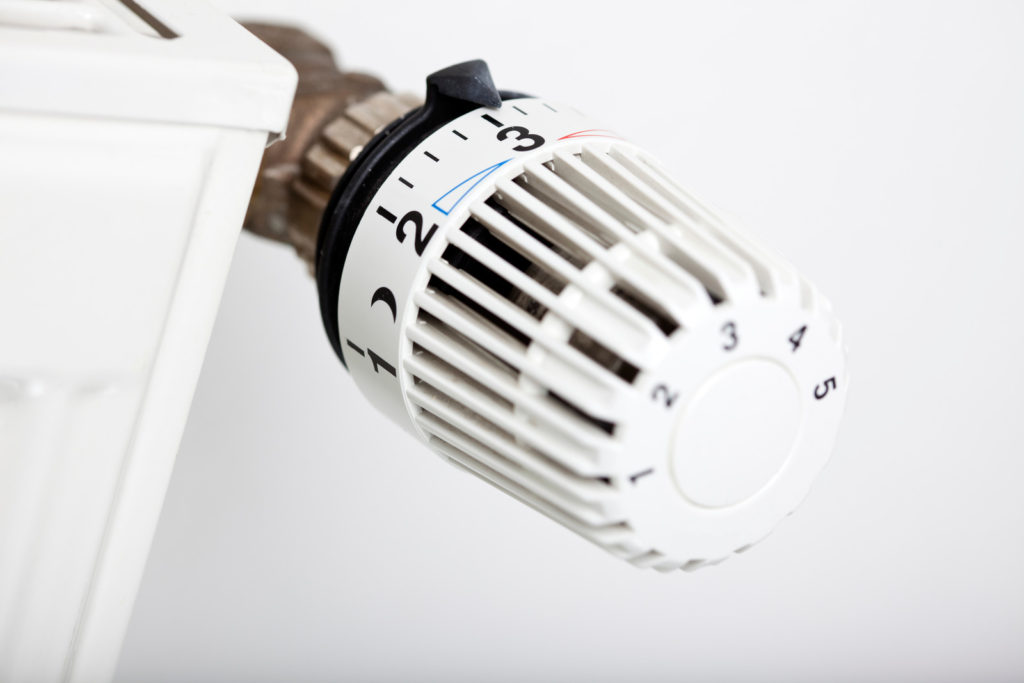
Thermostatic Radiator Valves (TRVs)
TRVs are valves fitted to radiators that allow you to adjust the heat output from each one. This provides more granular control over temperatures in different rooms.
For example, you may want the bedrooms cooler than living areas. TRVs prevent rooms from over or under-heating.
Worcester Boiler No Heating But Hot Water: Diagnosis
Programmable Room Thermostat
This combines a programmer and room thermostat in one unit. It allows you to set different target temperatures for different time periods.
For example, you can program it to be cooler at night when heating demand is lower. Programmable room thermostats maximize efficiency.
Load Compensation
This feature automatically adjusts the boiler’s heat output based on the temperature of the water returning from the heating system.
When the return water is cooler, indicating more heat is needed, the boiler increases output. As the return temp rises, the boiler modulates down.
Load compensation ensures just the right amount of heat is delivered to maintain comfort without overheating. It prevents temperature fluctuations and reduces energy consumption.
Weather Compensation
Weather compensation uses an outdoor sensor to monitor ambient temperatures. It communicates this data to the boiler so it can adjust water flow temperatures accordingly.
When it’s milder outside, weather compensation tells the boiler to lower system water temperature. This reduces heat output to prevent overheating.
When outside temperatures drop, it instructs the boiler to increase water temperature to compensate. This optimizes efficiency across changing weather conditions.
By understanding what each control does, you can use them together to maximize comfort and savings. Refer to your Worcester boiler user manual for specific operating instructions.
Adjusting Heating Temperatures
Once you understand your Worcester boiler controls, you can start customizing your heating settings for maximum comfort and efficiency. The main setting you’ll want to adjust is your heating system’s water temperature.
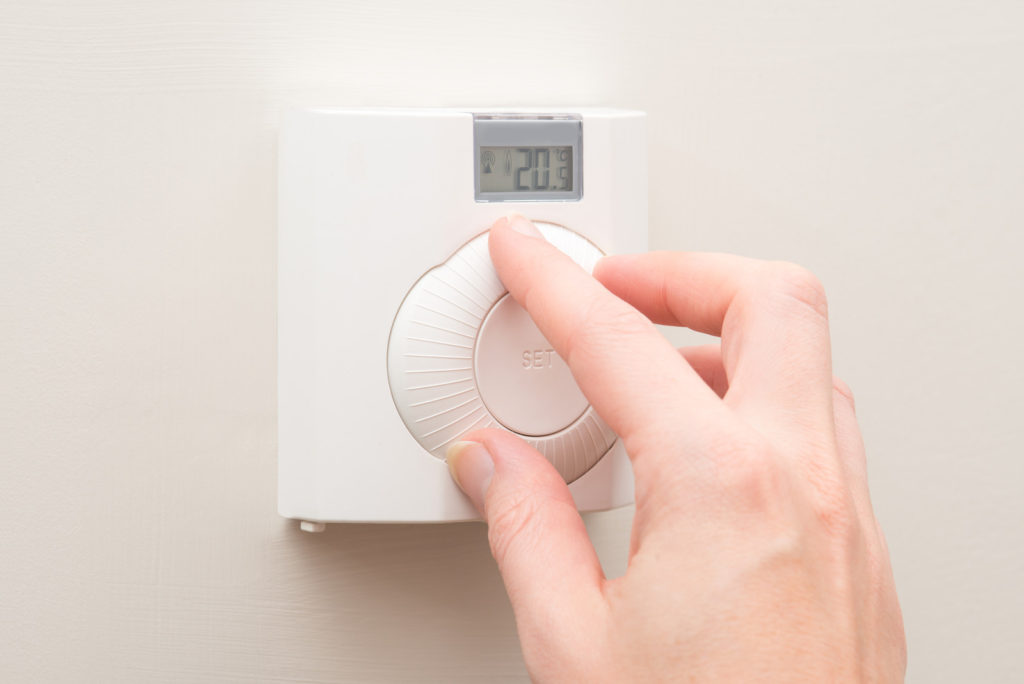
Checking Your Current Temperature Setting
First, locate the main temperature control dial or digital interface. On most models, you’ll see:
- A central heating temperature dial/display
- A separate hot water temperature dial/display
If you have a digital display, it may alternate between showing the current actual temperatures and setpoint temperatures.
To see the current central heating setpoint, look for a display with “CH” or radiator icon. The temperature beside it is the flow temperature setting.
How Long Do Worcester Boilers Last?
Why Flow Temperature Matters
This flow temperature controls how hot the water circulating to your radiators gets. The lower the flow temp, the less heat the radiators emit.
Worcester boilers are condensing models, meaning they work most efficiently at lower temperatures between 45-50°C.
But for many homes, especially in winter, this may not be hot enough to maintain comfort. That’s why it’s important to find the right balance for your property.
Adjusting the Temperature
To change the heating flow temperature, look for a dial or up/down buttons near the “CH” display.
- Turn the dial clockwise or press the up arrow to increase temperature.
- Turn counter-clockwise or press the down arrow to decrease.
Start low, around 50°C. Give your system some time to stabilize at this new setting to see if it provides sufficient heating.
If some rooms are too cold, incrementally increase the temperature – try 55°C, 60°C, etc. Stop when you reach comfortable, even heating throughout the property.
Ideally, aim for the lowest stable temperature that keeps your home warm. This maximizes efficiency without compromising comfort.
Setting Schedules
You can further refine heating control and savings by setting customized temperature schedules via a programmable room thermostat.
For example:
| Time | Temperature |
|---|---|
| 6 AM – 8 AM | 20°C |
| 8 AM – 4 PM | 18°C |
| 4 PM – 10 PM | 21°C |
| 10 PM – 6 AM | 16°C |
This allows temperatures to align with your routines for optimal comfort and efficiency. The boiler has to work less to maintain higher temperatures when you need them most.
Getting Heat Faster
If you come home to a chilly house, you can also override the schedule and turn up the heating manually.
Just increase the boiler’s flow temperature 10-20°C above your normal setting. This will make the radiators hotter to heat up the home quicker.
Once at a comfortable temperature, return the boiler to your regular programmed schedule and settings.
Adjusting heating temperatures is all about finding the right balance for your home. Start conservative and tweak from there for ideal comfort and savings.
Setting Heating On/Off Times
Programming your Worcester boiler to turn your heating on and off automatically at set times can make your system even more efficient. Here’s how to set and use heating schedules.
Access Heating Timer Settings
Refer to your boiler manual to locate the timer/programmer and access the settings menu. For many models:
- Press the button with a clock or “heating times” icon
- Hold the menu button for several seconds
- Select “heating schedule” from the menu
This will display the programming interface to set your schedule.
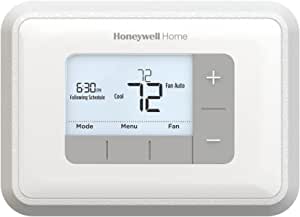
Set Custom Heating Periods
Most Worcester boilers allow you to set 3 or 4 heating time periods per day. For each:
- Set the start time – when you want heating to turn on
- Set the end time – when you want heating to switch off
For example:
| Period | Start Time | End Time |
|---|---|---|
| 1 | 6:00 AM | 8:00 AM |
| 2 | 5:00 PM | 10:00 PM |
This will turn heating on only from 6-8 AM and 5-10 PM daily. The boiler will stay off outside these hours.
Assign Heating Schedules to Days
You can assign the same schedule to every day or customize:
- Weekday schedule – e.g. longer heating for when you’re home
- Weekend schedule – e.g. later start for lie-ins!
Check your manual for details on assigning schedules to sets of days.
Override Heating Schedules
Even with scheduled heating times, you can still manually turn on heating as needed:
- Press “Heating On” or override button
- Adjust room thermostat to desired temperature
- Heating will stay on until next scheduled off period
This allows you to take control when required while still saving energy automatically.
Setting customized heating schedules aligned to your routine prevents wasteful overheating and reduces costs. Refer to your Worcester boiler manual for specific programming instructions.
Getting Heat Faster
If you come home to chilly rooms and want to warm your house quickly, your Worcester boiler has settings that can help. Here are tips for getting heat faster when you need it:
Turn Up Thermostat
An easy first step is to turn up the temperature on your room thermostat.
For example, temporarily change the setting from 20°C to 23°C. This will make the boiler work harder to reach the higher target temperature faster.
Just remember to turn it back down once your home reaches a comfortable level to avoid overheating and wasting energy.
Increase Boiler Flow Temperature
As covered earlier, you can override the standard heating temperature setting on your boiler controls:
- Locate the current boiler flow temperature (e.g. 50°C)
- Increase it 10-20°C above normal (e.g. to 70°C)
This will make your radiators output hotter water to heat up the home quicker. Again, reduce back to normal once at a comfortable temperature.
Turn On “Heating Boost” Mode
Some Worcester boilers have a dedicated “heating boost” or “quick heat” mode. This temporarily overrides schedules to turn heating on at maximum power.
Check your boiler manual on how to activate this mode. It will rapidly warm your home but use more gas. Turn off once satisfied.
Bleed Radiators
Bleeding radiators releases trapped air bubbles inside that can obstruct hot water flow and output.
Bleed your radiators when cold using a special key. This helps them heat up quicker when boiler temperature is increased.
Combining these tweaks allows you to take manual control and get heat faster from your Worcester boiler whenever you need it.
Worcester Boiler Controls Video
Conclusion
Getting your Worcester boiler heating to turn on and adjust to your needs is simple when you understand the controls.
To recap, focus on:
- Learning your boiler’s control panel and menus
- Setting heating schedules via the programmer
- Adjusting temperatures with the thermostat
- Setting the right flow temperature balance
- Overriding settings as required to get heat faster
Optimizing these settings keeps your home warm when you want, while maximizing efficiency to save on energy costs.
Refer to your Worcester user manual for specific instructions based on your boiler model. Don’t hesitate to contact a qualified heating engineer if you need assistance adjusting controls.
With a few tweaks, you can have your Worcester boiler heating working just the way you want it this winter. Stay cozy and warm while keeping costs down!
